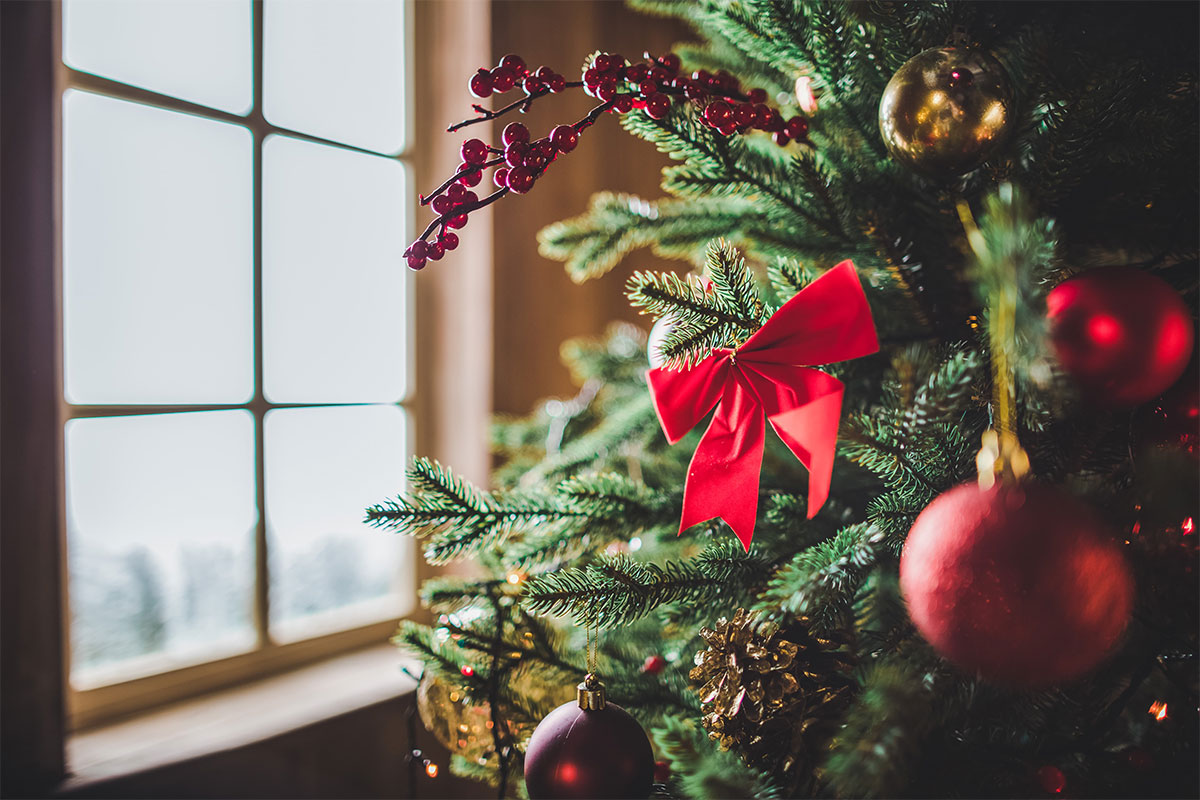
Even before the start of Christianity, trees and evergreen were still a wintertime tradition. Ancient Egyptians also worshiped a sun god, Ra. They would have a similar celebration at solstice, filling their homes with green palm rushes to symbolize Ra's triumph of life over death. Early Romans would have a feast on the solstice in honor of their god of agriculture, Saturn. They would decorate with evergreen boughs. Druids, priests of the ancient Celts, would decorate their temples with evergreen boughs as a symbol of everlasting life. The Vikings believed that evergreens were a special plant of their sun god, Balder.
The Christmas tree tradition as we know it today is believed to have begun in Germany. First being seen in communal settings, they eventually made their way into individual homes. Martin Luther is believed to have been the first to add lighting to a tree. Meant to recapture the image of stars twinkling amidst the evergreens, he added lit candles to decorate his Christmas tree.
In America, the Christmas tree, as well as other Christmas decorations, was forbidden for many years. Although some Christmas trees existed in America, Christmas trees as well as other decorations were viewed by many as pagan symbols. They were viewed as a desecration of the sacred event of Christmas, as Christmas day was not meant to be celebrated, but to be worshiped as a church service.
Christmas trees still weren't commonly accepted until the 1840s, when Queen Victoria and Prince Albert were sketched with their family, celebrating around a Christmas tree. After this, trees became fashionable not only in Britain, but in the American society as well, and have remained popular to this day.